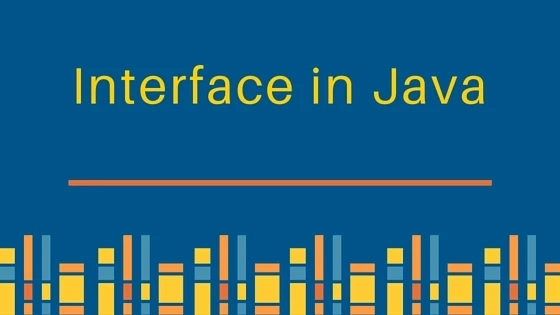Java is an object-oriented programming language that offers several features that make application development simple and easy. Applications that usually stand out for being robust and easy to maintain over time. Among some of these features of Java, we have interfaces, which we will focus on throughout this article.
To do this, we are going to take a tour of the definition of interfaces in Java, their effective implementation and what advantages they offer to improve software development solutions. In addition, we will also see how, by learning to program in Java with adequate training , you will be able to open new job doors and improve your professional future.
What are Java Interfaces?
Interfaces in Java are a mechanism by which we can create a collection of abstract methods with constant properties. In them you can specify what to do, but how they are implemented. Thus, it is the classes that are defined that will implement the interfaces that describe the logic in the behavior of the methods.
One of the consequences of using interfaces in Java is that they give flexibility and extensibility to the code structure.
Thus, interfaces in Java are defined by the keyword “interface” and contain only method signatures. This means that they are method declarations without a body. These methods act as contracts and any class that is implemented in that interface must, in turn, provide a concrete implementation for each of them.
Advantages of implementing interfaces
When working with interfaces in Java code, we find a series of advantages:
Abstraction. Implementing interfaces in the development code with Java makes it possible to abstract the code and separate the functions that each part of it executes. This, in turn, facilitates the modularity of the code.Flexibility and reuse. It is the modularity of Java code that makes it so flexible and used by custom software developer around the world. This is, in part, due to the use of interfaces, which, in addition to abstracting the code and separating it, allow the classes to adapt to different behaviors. This means that Java code can be reused in different projects.Maintenance and scalability. Java is easily scalable and easy to maintain code for the same reasons we are discussing. Interfaces are a part of the code that makes this possible and make the developers' job much easier.Effective Implementation in Java
Effectively implementing interfaces in Java involves understanding how they are introduced into the code structure itself. In addition, it is also necessary to understand how they are used to improve the quality of development through the code itself. In this sense, some key points are the following:
Methods in concrete classes. When a class is in charge of implementing an interface, at the same time it must provide a concrete one for all the methods it defines. Thus, these methods must have the same call that is specified in the interface.Keywords. For a class to implement an interface it is necessary to indicate it with a keyword. In this case “implements” is usedInheritance and interfaces. In Java, classes can be inherited and at the same time implement interfaces. This means that the advantages of inheritance can be combined with those of the use of interfaces. In the end, the consequence of this is that we can have a more flexible code in terms of its structure.Implementing interfaces effectively ensures that developers can get the most out of these types of mechanisms.
Optimizing Code with Interfaces
Optimizing the code is essential to obtain better and greater performance. This is something that also applies in the context of creating interfaces in Java. Optimizing this aspect well is what will ensure that the application being developed can take full advantage of the advantages that we have mentioned before. In this sense, these are some of the things to keep in mind:
Program oriented towards interfaces to avoid depending on specific implementations and thereby improve the flexibility of the codeInject dependencies to interfaces to improve management of component dependencies.Take advantage of the functional interfaces and expressions that have been introduced in the latest versions of Java to improve cohesion in the code.Use interfaces that mark, without containing methods to label classes with specific characteristics. This improves the clarity and understanding of the code.Anticipate problems and changes by creating interfaces that are easy to maintain. With this you can create retro applications compatible with previous versions in case of making changes.Clearly document the entire process of creating interfaces in Java so that it is accessible and software development consulting firms understand the purpose of each of them.


